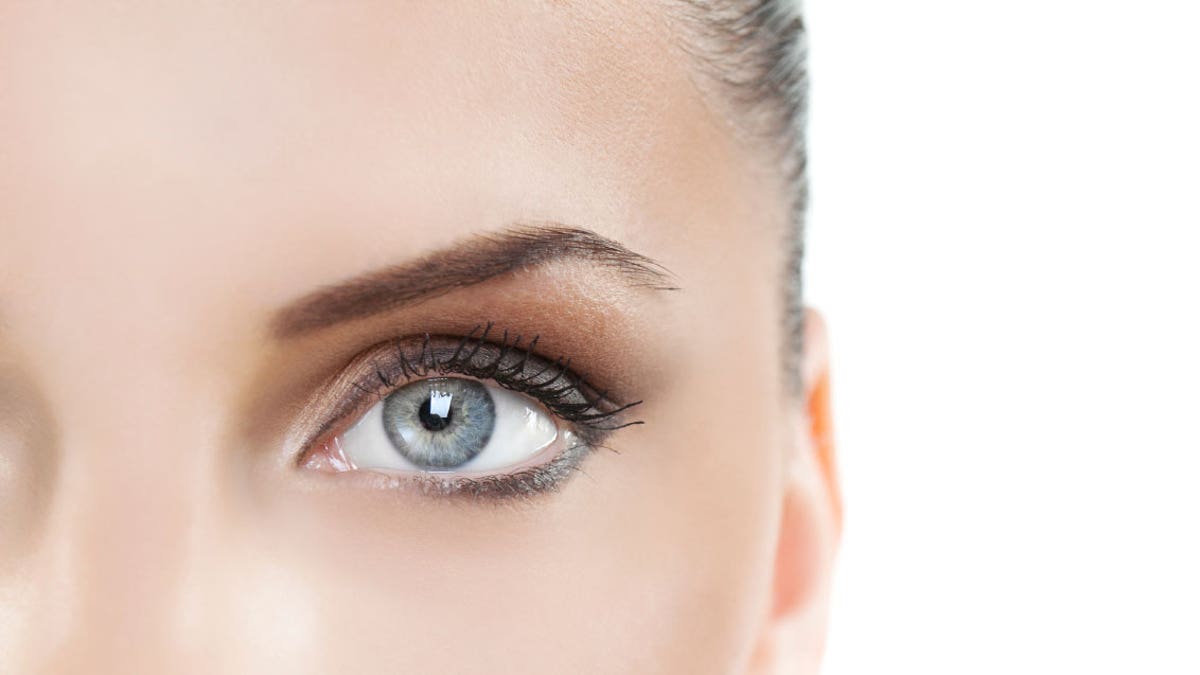
Blepharitis is one of the most common problems eye doctors encounter in their office, according to the Center for Disease Control and Prevention (CDC). Here is a guide to the basics of blepharitis:
Overview
Blepharitis is a chronic condition, characterized by inflammation around the eyelids. This condition typically affects the eyelash follicle, where your eyelashes begin to grow. Pretty much everywhere you have hair, you also have oil glands. These glands help to lubricate your hair and prevent it from turning brittle. Sometimes, these oil glands malfunction, causing these uncomfortable symptoms, such as itchy eyelids. Blepharitis affects children and adults alike.
Cause
In addition to excess oil production, common causes of blepharitis include poor eyelid hygiene, bacterial infections and allergic reactions. While bacteria is normally found on the skin, an overgrowth can cause an adverse reaction. Blepharitis is frequently caused by seborrheic dermatitis, reports the National Institutes of Health, which can occur alongside a bacterial infection. Seborrheic dermatitis is a common skin condition marked by inflammation and the development of flakes and scales along oily areas of the skin.
Symptoms
The symptoms of blepharitis may be uncomfortable, but the condition is highly unlikely to cause vision damage. Blepharitis shares some symptoms with pink eye or conjunctivitis, such as watery or red eyes and a sandy, burning sensation in the eye. Excess oil production can cause eyelids to appear greasy. The eyelids may also become crusty, inflamed, reddened, swollen or itchy. Skin around the eyelashes might start to flake, or you may find your eyelids crusted together after a night of sleep. The eyelashes may grow abnormally or fall out.
This condition can lead to more severe complications, including damage to your cornea, due to constant inflammation. An infectious lump, such as a sty or chalazion, may develop on your eyelid. Long-term blepharitis can cause scarring on the eyelids. You may also experience chronic pink-eye as an effect of the blepharitis.
Treatment
Cleansing your eyelids regularly will usually alleviate blepharitis symptoms effectively. Use a clean, warm wash cloth to clear away any scales, crusts or flakes. Cleaning also helps you remove the excess oil that allows bacteria to grow. Small daily measures can ease blepharitis’ peripheral symptoms. For example, artificial tears can help moisten dry eyes. Some doctors suggest that taking omega-3 fatty acids, such as fish oil or flax seed oil, may alleviate symptoms.
Belpharitis may be caused by an underlying condition, such as seborrheic dermatitis. In this case, treating the underlying condition will likely clear up the blepharitis. If the blepharitis was caused by a bacterial infection, a doctor may prescribe antibiotic eyedrops or ointments to treat the condition. Ointments and eyedrops containing steroids may also help control inflammation. Note that blepharitis is a chronic condition, so it is unlikely to disappear completely.
Prevention
You can help prevent blepharitis with proper eyelid hygiene. Use baby shampoo or a cleanser around the edge of your eyelashes. You should also occasionally apply a warm compress to your eyes after cleaning. The warm compresses prevent the oil glands from clogging. People who wear contacts and eye make-up should be particularly diligent about cleaning their eyes, particularly before going to sleep.




















